The allure of new and improved products is undeniable. We constantly see updates and revised versions of our favourite products and wonder if and when we should buy the updated versions of products that already work for us.
The truth is that brands frequently release products as new and improved, and consumers feel compelled to buy even when there is little objective improvement. Revising things may or may not make products better than their previous versions, yet, consumers perceive them as improved products. This is the reason brands release improved flavours, revised editions of books, and technology updates.
For product development teams to release product improvements, it is vital to consider market research to collect consumer preferences and behaviour data. Product development includes innovating and creating new products based on these insights. In this blog post, we will explore why updates and revised products are more appealing to consumers and how market research and product development play a part.

Get regular insights
Keep up to date with the latest insights from our research as well as all our company news in our free monthly newsletter.

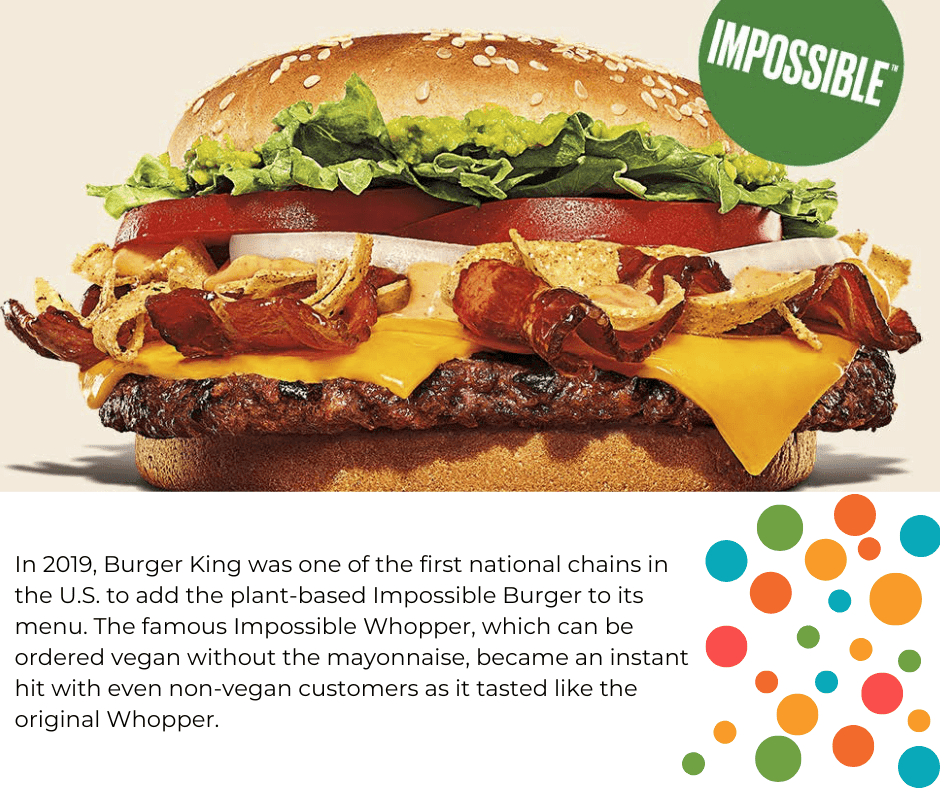
Why do consumers think updates and revised products are better even if they are not?
When a new version of a product is released, consumers often perceive it as being better than its predecessor. This can be seen in technology, from smartphones to video game consoles.
Research studies show consumers have difficulty passing up on a product labelled new, improved, or revised, even if it isn’t objectively better than its previous version.
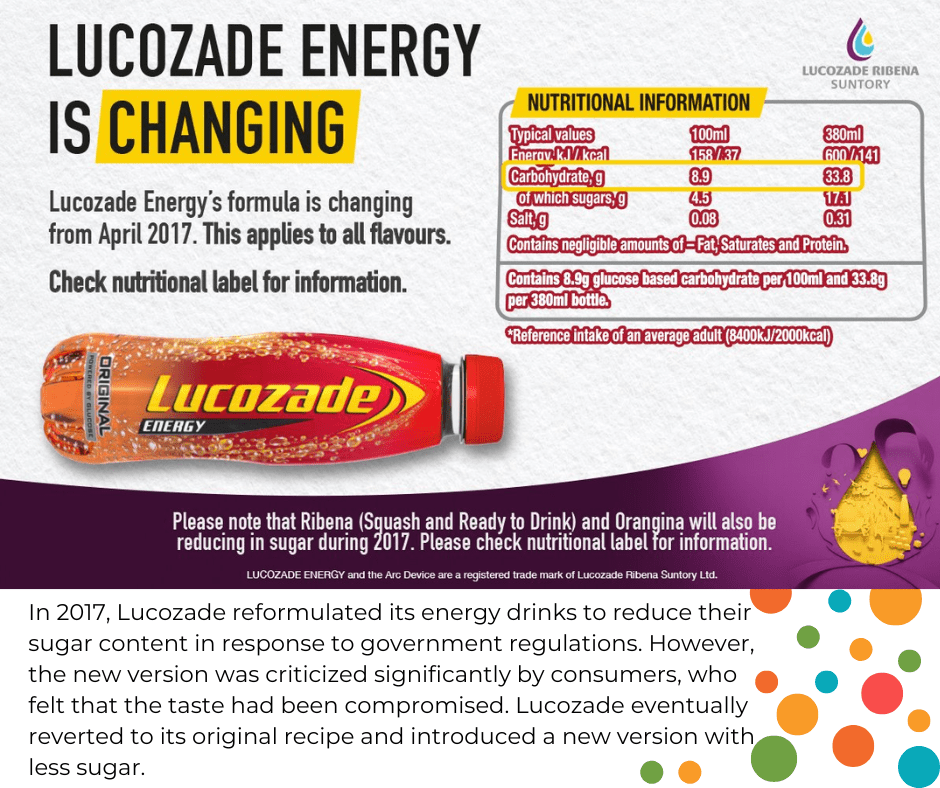
So why do consumers think updates and revised products are better than their previous versions? It is due to a combination of consumer psychology and behaviour.
Consumers no longer make decisions solely based on rationality, as evidenced by the financial crisis and a wealth of research. The leader in this space, Daniel Kahneman, has presented his groundbreaking book, “Thinking, Fast and Slow.” The book explains how our minds possess two distinct methods of thinking, which he calls System 1 and System 2 thinking.
Kahneman’s work on the System 1 and System 2 thinking models helps explain why people make certain decisions about purchasing updated products. System 1 is instinctive, fast, and emotional, while System 2 is logical, slow, and analytical. In many cases, people are drawn to updated products due to the former type of thinking, which means they are likely to be swayed by the allure of what appears to be a shiny, new object.
People often assume new versions of products and services are better, even if the improvements are insignificant.
One study by the University of Michigan found that people are more likely to choose new products than old ones, even when the products are identical. The researchers also found that people are willing to pay more for products labelled as new than those labelled as old.
Another study published in the Journal of Consumer Research found that consumers are more likely to choose products labelled as new or improved than those not labelled in this way. The researchers found that consumers associate these labels with innovation and quality and are more likely to be attracted to them.
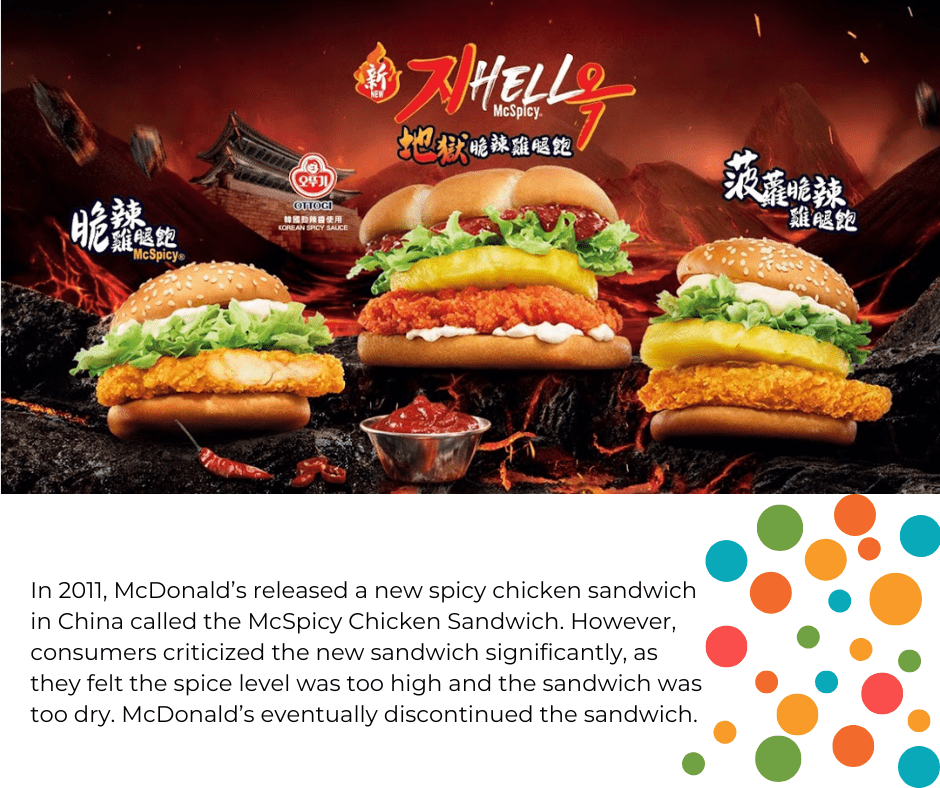
This behaviour is further explained by Kahneman’s distinction between “fast” and “slow” thinking. Fast thinking is the instinctive, automatic response to the perceived differences between old and new products. Slow thinking involves more deliberation, where consumers compare the cost of the new product against the benefit it provides.
Market research into what consumers want and need has revealed that people tend to view these new versions as more desirable because they offer additional features or more convenient use than earlier versions.
How high technology product developers and marketers make decisions regarding updates.
If you’ve ever agonised over the perfect time to replace your mobile device with a shiny new model, then you can appreciate the difficult decisions technology developers and marketers have to make when planning their product updates.
To assist planners of high-tech consumer products in making these kinds of decisions, V. “Seenu” Srinivasan, a distinguished professor at Stanford GSB, and Sang-Hoon Kim, an assistant professor at Seoul National University, created a mathematical model which forecasts the sales pattern of a new version of an existing product.
In an article titled “What Makes Consumers Want to Buy the Latest Model?” Srinivasan describes the model as simple, saying it is based on how much the benefits of a new product (compared to an old one) outweigh any obstacles that may inhibit a customer from upgrading. For instance, the probability of a customer buying a new laptop will increase if it is much better than their existing one and the upgrade is easy and not overly expensive. The obstacles taken into consideration for this model include not just the financial, procedural, and psychological costs of upgrading but also a consumer’s expectations on how soon future technology improvements will occur, the customer’s level of innovativeness, and the customer’s existing opinion of the product.
As anticipated, if the gains of upgrading outweigh any perceived drawbacks, it is more probable that the consumer will upgrade in a specific month.
Exploring such an analysis in the actual world is far more complex and expensive. For some products such as laptops, printers, and cell phones, Srinivasan states, their new versions come out so quickly that some technical supervisors think there needs more time for this kind of market exploration.
But educators are enthusiastic as the model is an imaginative blend of two prevailing methodologies in marketing science: conjoint analysis and hazard rate modelling. Conjoint analysis, which includes asking a sample of customers from the goal market how essential they consider various features to be, has been applied for some time to determine which group of product features to offer. However, since conjoint analysis provides a static snapshot of the marketplace at a specified moment, it does not provide the sorts of answers linked to product upgrades. It requires the inclusion of hazard rate modelling, traditionally used to compute the time discrepancy between a product’s initial purchase and future replacement purchases.
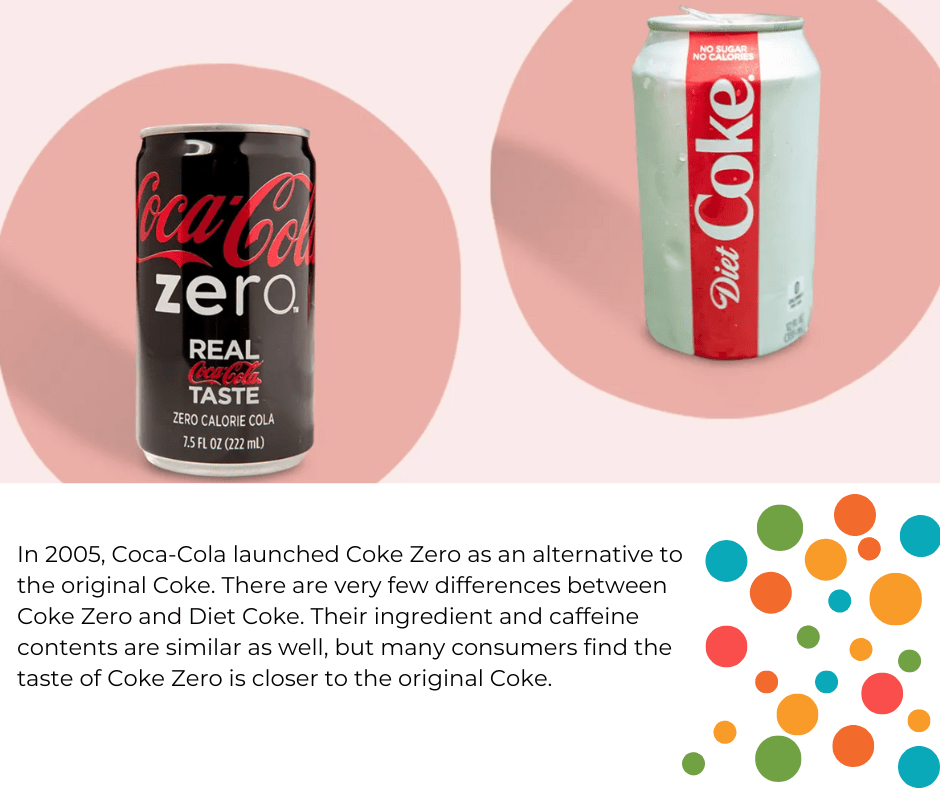
The importance of Market research in product development.
The idea of buying something new and improved can be seen in many industries, from food or beverages to technology and streaming services. Smartphone companies typically announce a new version of their device every year or two, even though the updates are relatively minor. Similarly, streaming services offer different packages with additional features or added content. In all cases, the companies use this lure of new to boost their sales and keep customers interested in their products.
When it comes to developing high-tech products, market research plays an important role. Companies must carefully evaluate consumer preferences, pricing strategies, and other factors to ensure their product is attractive to customers and has the potential for long-term success. Market research also helps companies predict when to introduce a new version of an existing product. By understanding consumer behaviour, companies can make informed decisions about when to launch a revised product that will maximise its success.
Ultimately, combining consumer psychology and behaviour helps explain why consumers find updates and revised products more attractive. As marketers plan out their product releases and try to find the best ways to reach consumers, understanding these factors is essential for success.
Take a deep dive into Gen Z’s psychology, behaviour, preferences, beliefs, and attitudes. Download our exhaustive guide to understand and engage with this target segment.
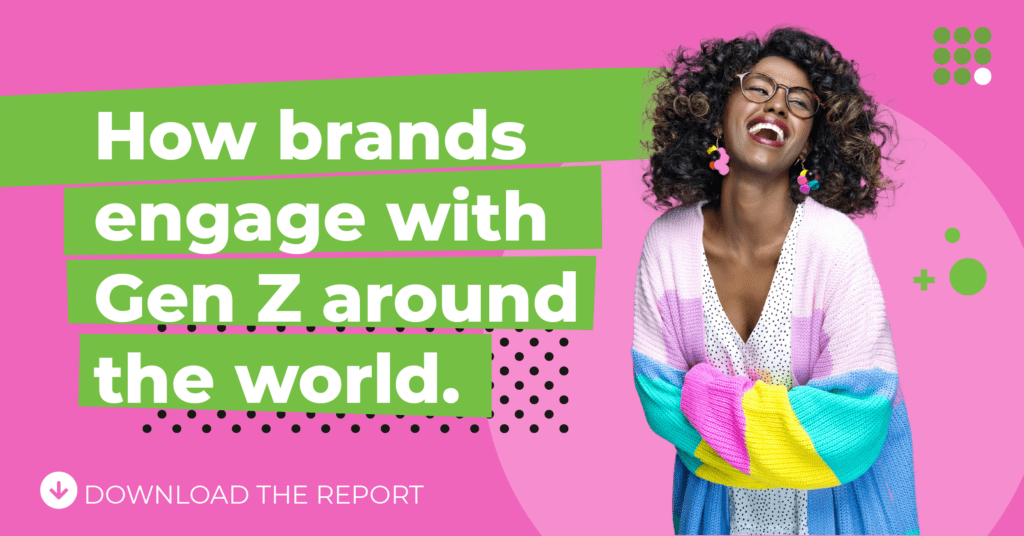


 Senior Marketing Executive
Senior Marketing Executive Sales & Marketing
Sales & Marketing General Manager PR -Internal Communications & Government Affairs
General Manager PR -Internal Communications & Government Affairs Vital Strategies
Vital Strategies
 Customer Intelligence Director
Customer Intelligence Director